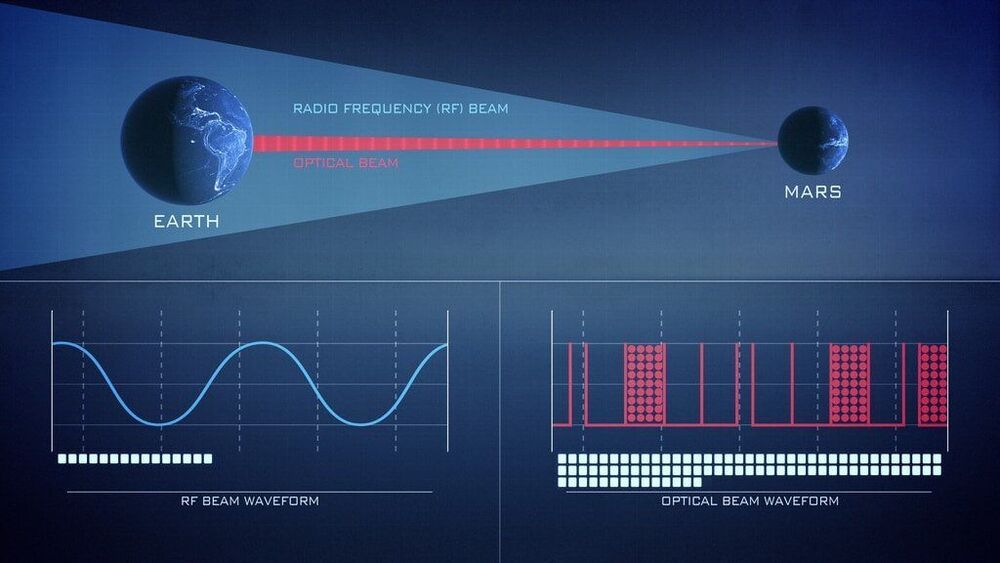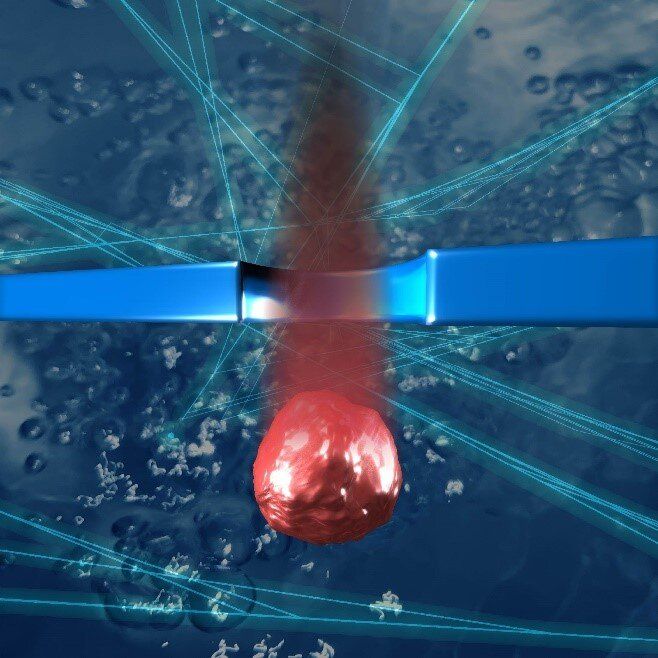Interesting as I recall Aubrey lamenting that he had met Bezos several times over the years but never got a dime from him. Also I wonder where he would put the cash. Just donor all h by is SENS? Pick a company like Age-x?
Jeff Bezos is said to get into the Longevity Industry next month according to Aubrey De Grey. Having a billionaire invest into finding a cure for aging is both amazing and worrisome.
The field of longevity research was long underfunded but recently, with more and more results coming in, investors like Jeff Bezos are getting more and more interested in the field.
Last week, the most prominent figure in the longevity-research community, Aubrey The gray, has announced that one of the biggest event of this community will transpire in around a month. Previous investors were other tech entrepreneur like Peter Thiel or Googles Larry Page.
–
Every day is a day closer to the Technological Singularity. Experience Robots learning to walk & think, humans flying to Mars and us finally merging with technology itself. And as all of that happens, we at AI News cover the absolute cutting edge best technology inventions of Humanity.
If you enjoyed this video, please consider rating this video and subscribing to our channel for more frequent uploads. Thank you! smile
–
TIMESTAMPS:
00:00 A Secret Investor?
00:53 Aubrey De Grey Interview.
01:49 The History of Longevity Investors.
04:08 Why invest in Longevity Research.
06:49 Last Words.
–
#aubreydegrey #longevity #jeffbezos






